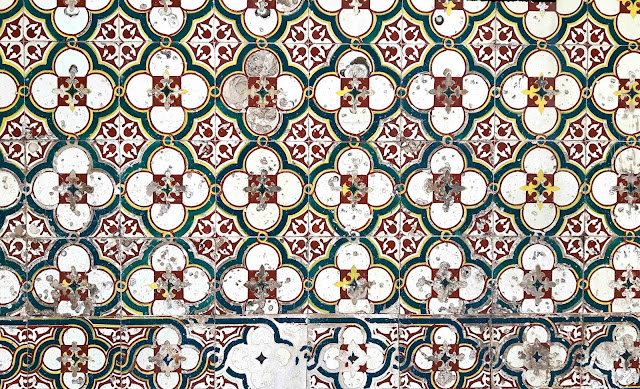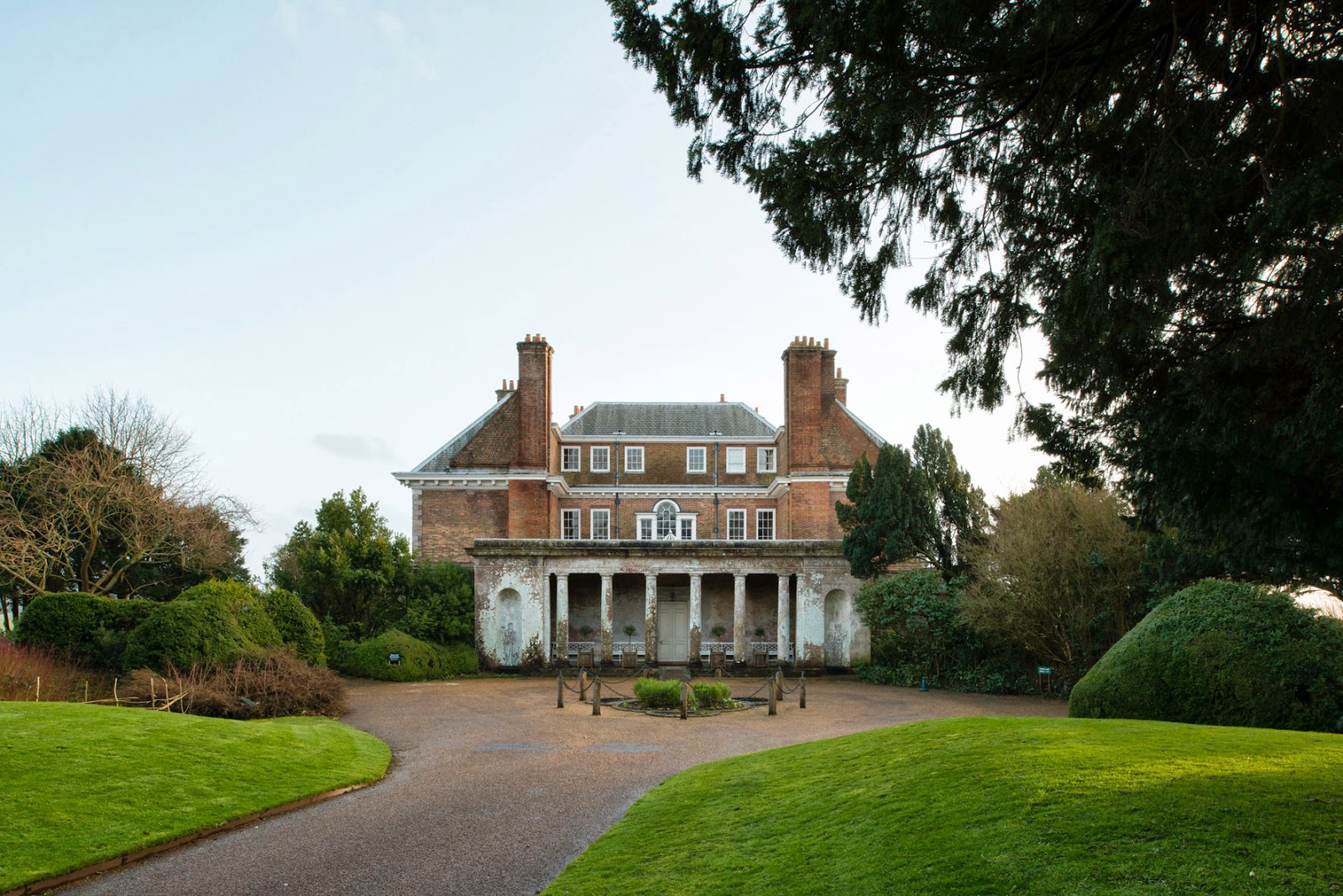Commissions are brilliant opportunities for stretching you and your practice.
I was excited to be one of eighteen makers approached by
The New Craftsmen Gallery, to create a bowl to feature as part of their 'An Anthology of British Craft' to be showcased at
Decorex 2015. They will transform the VIP lounge into an immersive space that celebrates luxury British craft, providing a creative platform for our skills , materials and process. It is an amazing showcase for my ceramic patchwork and an opportunity to work with a gallery that I have long admired.
The brief was for a bowl, 45cm in diameter by 25cm deep. Whilst my pieces tend to revive discarded ready-made ceramics, my search for such a proportion subsequently proved fruitless - serving platters were too shallow, whilst planters were too deep.
It has been my intention for quite a while to explore the creation of my own forms to break and re-build. I'm thankful for the nudge this commission has given me in taking this next step. The valuable advice and encouragement given by my academic colleague, the ceramicist, Sue Dawes, is gratefully acknowledged!
Considering the array of clay options gave me a strangely familiar thrill, similar to that of sourcing yarns when I was previously a knitwear designer. It is the thrill of raw materials and the excitement at their potential.
With shrinkage discussed, clay composition decided, a suitable mold sourced and a plan of action in place, I found myself rolling out clay and engaged in piecing together, for a change using fingertips and slip, rather than fabric and stitch. As the piece grew, so did my appreciation for the skill of ceramicists.
With the drying process, started the shrinkage process. When it had reached 'leather state' I was able to lift the bowl out of its mold and could appreciate how the protective calico cotton liner had left interesting imprints in its surface (a quality that has planted seeds in my imagination for future exploration).
It wasn't until I had scraped and smoothed the form that I began to get a sense of the vessel's personality, a key aspect in being able to make a good selection regarding fabric.
It took two firings for the bowl to shrink to the desired diameter. It emerged from the kiln with an endearingly warped top edge and plenty of signs of it's amateur creator's hand, but, for my first ever bowl (and a big one at that) I thought, not bad!
Having slaved over its creation, how did it feel to then take a hammer
to it? I had been being regularly asked about this and it was an interesting unknown. Usually
the breakage of a vessel marks the start of my process, but I was a
significant way through and with emotional, financial and creative
investment.
The bowl was big and it was heavy. With my process relying on the strength of stitch and textile alone to provide structural integrity, I knew heavier fabrics than my normal fashion silks would be required. The concept of the installation was to showcase innovation and craftsmanship in the use of materials and processes. With my piece sitting alongside bowls made of wood, ceramic, glass and jesmonite, I sourced fine weight contemporary furnishing fabrics, deciding upon a neutral colour palette and concentrating on textural and surface qualities. The bowl incorporates fabrics from the collections of Sacho, Zoffany, Sandersons Brentano and Mark Alexander. Thanks go especially to Casamance Group who sent me two rolls of the most exquisite material, which were a joy to work with.
In the end my excitement in starting the ceramic patchwork process using these materials overcame any sentimentality I felt in relation to breaking the bowl. I felt confident my ceramic patchwork craftsmanship was going to be infinitely better than my ceramic skill!
Before starting to break it and with it positioned on a large piece of bubble-wrap, I did indulge in the sensation of holding it as a solid piece and enjoying the beautiful ringing sound it gave off when lightly struck.
Over the years, I have developed experience of the force needed for a controlled breakage of domestic ceramic forms, taking account for different material properties, thicknesses and scales. This was a very different prospect. As I began, the hammer strike rang out with a pure sound multiple times before a change in pitch alerted me to the development of a crack. I was relieved to see clean edged fragments rather than crumbling remains.
And so my familiar ceramic patchwork process began, but this time with marked differences; heavier fabrics, thicker thread, textural design decisions and building much larger sections. New variants of familiar technical challenges materialised and were overcome. For the first time, I needed another pair of hands for the the tricky joins as I neared completion.
In my initial briefing with Catherine Lock (one of the three founders of The New Craftsmen), we had talked about the aesthetics of aerial rural photography and the beautiful striped patchwork of Louis Bourgeois. I was interested in making a piece that was stripped bare of my normal pattern imagery and colour impact, closer to archaeological artifact restorations that are raw and unadorned. I am really pleased how these influences have come together in the piece.
I am really looking forward to Decorex 2015 and seeing my pieces placed alongside those of
; Edmond Byrne (glass), Eleanor Lakelin (wood), Pedro da Costa Felgueiras (gilded cork), Nicola Tassie (ceramic), Matthew Warner (ceramic), Stuart Carey (semi porcelain stonewear), Doug Fitch (earthenwear clay), Hannah McAndrew (slipware), Stephanie Tudor (Jesmonite), Grant McCaig (metal), Patrick Thomson (textiles), Nic Webb (wood), Akiko Hirai (ceramics) and Iva Polachov (ceramics).
There are so many aspects about making this piece that are new departures for
me that it is going to take a little time to digest.
Next up is
Made London at the end of October, so it will be interesting to see how this
experience influences my next body of work.

























































